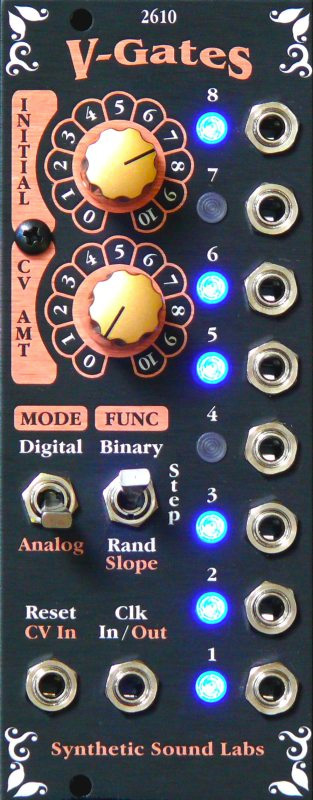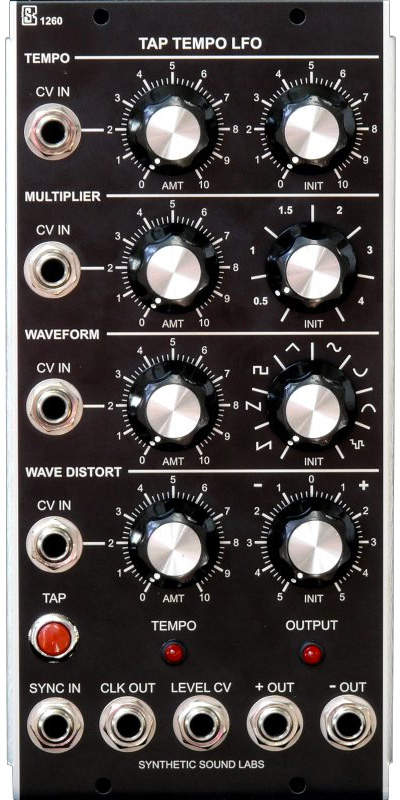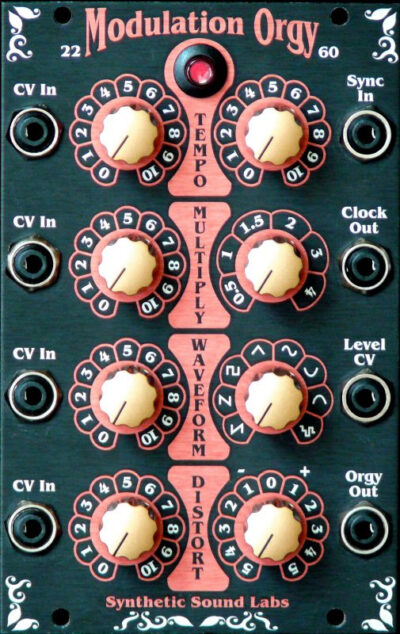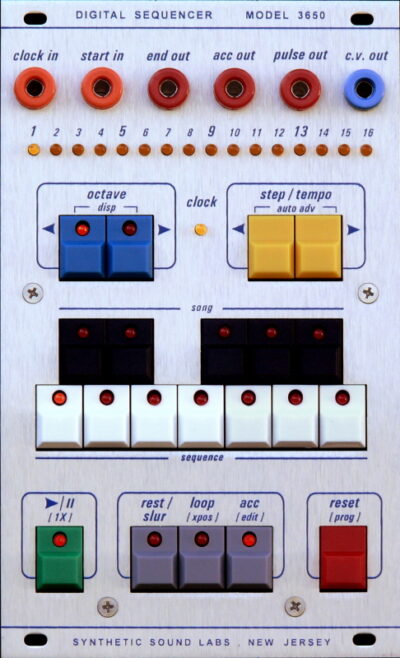Description
Replaced by our Model 1451…
The SSL 1450 JJP SampleCorder module is a humble tribute to Jean-Jacques Perrey and the early musique-concrete pioneers, where small snips of recording tapes were pieced together into new forms of musical expression. Now you can experiment using analog sound samples that can be played back with electronic precision.
SSL is pleased to announce that the 1450 has been officially endorsed by none other than Jean-Jacques himself!
Due to part availability, a very limited number of these unique modules will be produced. The SampleCorder is designed around a vintage ISD2560 analog voice recorder chip. We have also included a compander chip to greatly reduce noise and improve clarity. The overall fidelity is far better than simple 8-bit samplers.
Each module can hold two audio samples, each from a few milliseconds up to a several seconds. Each can be independently triggered manually via a panel mounted button, or by a gate pulse. Once triggered by applying a gate signal, the sample will play to the end of the sample and stop, or if the gate signal is still present, the sample will repeat for as long as the gate is applied. Premature retriggering or early truncation of a sample is not possible. Samples are stored in non-volitile memory, so power loss should not affect the memory, though this is not guaranteed. Control voltage recording is not supported.
Using the “REC/PLAY” switch in REC position, the Status LED will flash, indicating record mode. A new sample is recorded whenever either the “START” (1 or 2) button is pressed or the “GATE” (1 or 2) signal is applied. The sample length is determined the length of these events. Each new sample will destructively over-write any previous samples on that channel. Sample editing is not supported.
Record input level is critical for balancing noise levels and distortion. The SampleCorder adds the convenience of the “RECORD LEVEL” input attenuator and an “OVLD” LED indicator so you’ll always know when you’re near the maximum.
Sample playback speeds may be adjusted from normal, to nasty sounding clicks and buzzes, to nearly one octave / double speed above recording speed with a convenient front panel “Pitch” control. The “Pitch CV” input is roughly exponential (don’t expect tracking) and may require external attenuation to adjust the range to a convenient level. Record speed is fixed. 1 to 1 playback speed/pitch is usually at about “6” on the Pitch knob. This will be the normal position for this knob, unless you require pitch / time bending effects.
The “PLAYING” output provides a “high” gate for the entire length of the sample being played back. It can be useful for triggering other SampleCorders, sequencers and envelope generators for even more crazy fun.
Probably the most challenging aspect of using the SampleCorder is getting a good sample. Recording timing can be critical and may need to be practiced when samples are to be triggered at precise instants. We have found that in some applications, using the gate output from something like a Synthesizers.com Q118 Instrument Interface can be most valuable.
Though the SampleCorder is not a “looper” and it’s frequency bandwidth is a bit limited, you will no doubt find many creative uses for this unique module.







Reviews
There are no reviews yet